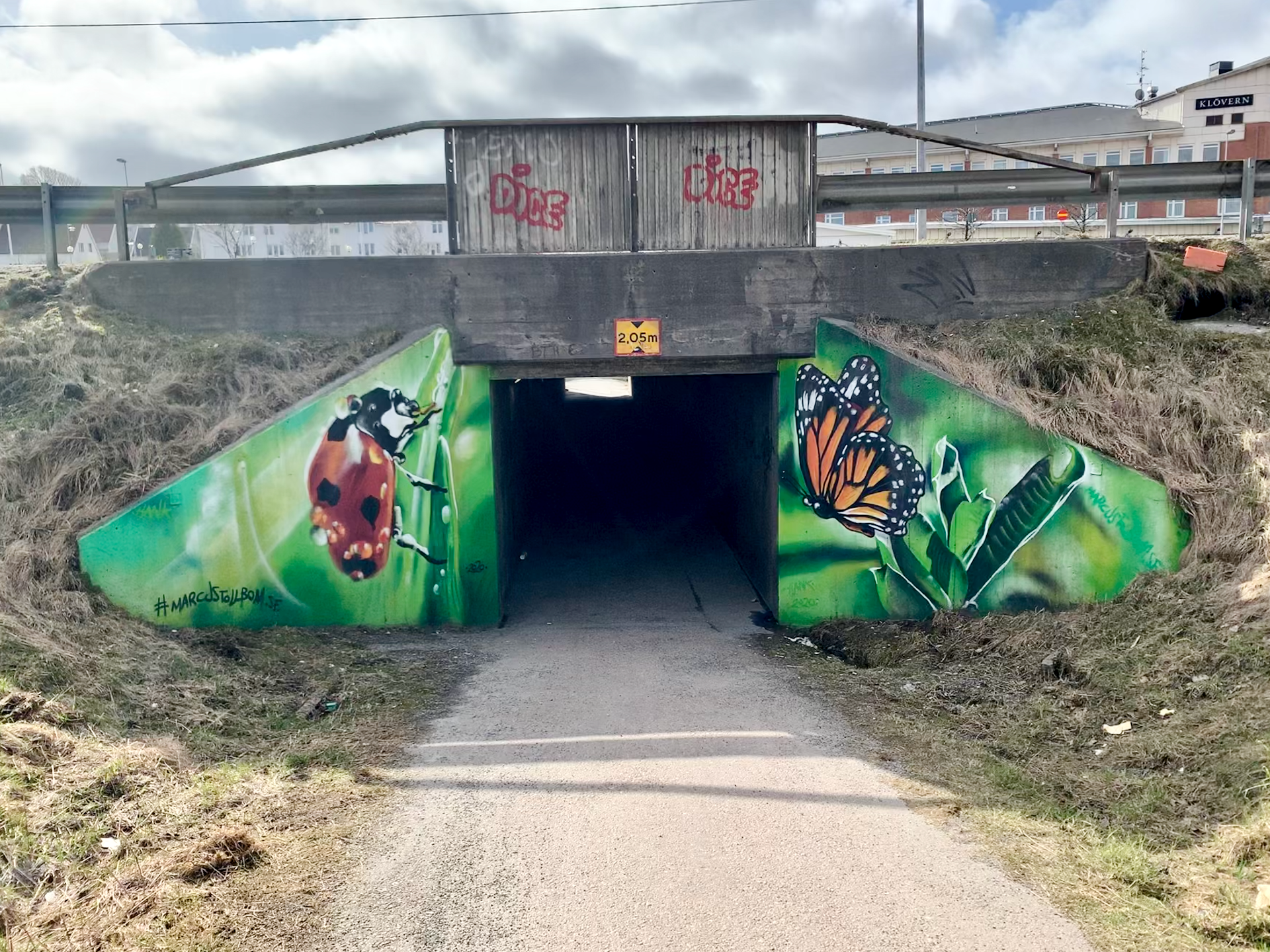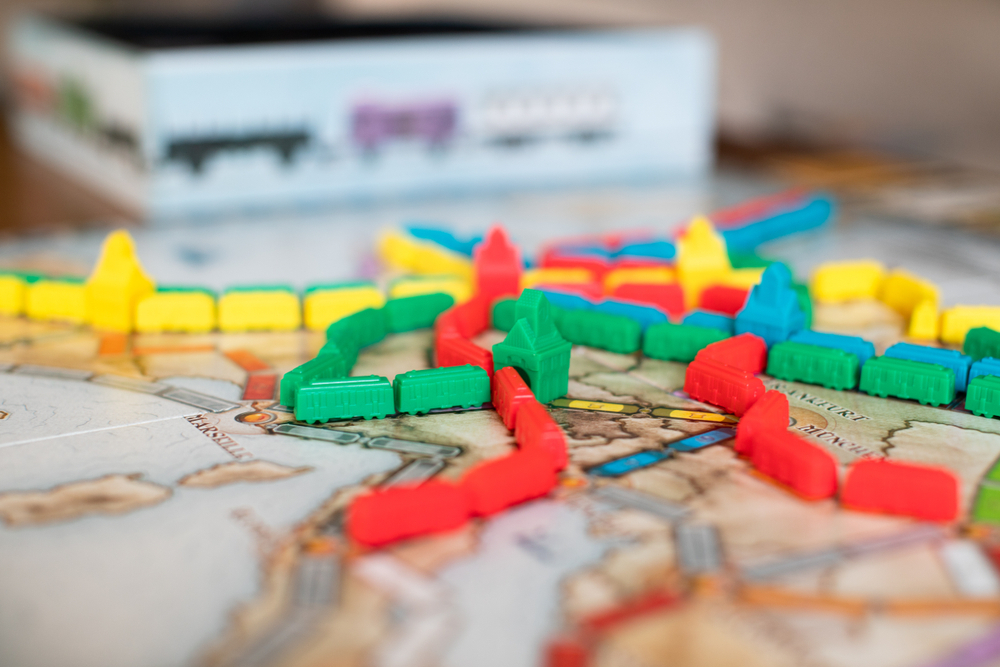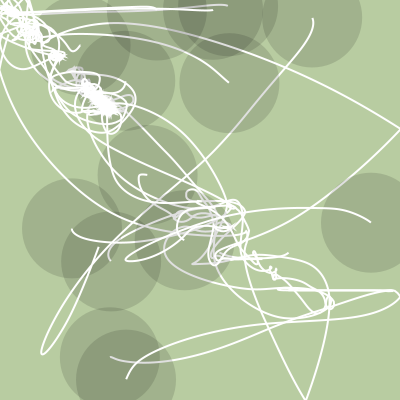Tenday Notes 1 April - 10 April 2021

Every ten days I share a quick digest of what I've been working on. Here's the latest. More in the series here. Want them in your inbox? Sign up.
I'm extremely proud to announce that over the Easter weekend, I did not record and release an album.
I was intending to. I had this idea that every quarter of 2021, I could record a short album or EP of modular synthesizer music. Now that I've got the kit, it's actually not that difficult to record things - especially if I play them "live" in one sitting, and don't try to record different parts or overdub mistakes or anything. The result isn't mindblowing, but it's out there which is the most important thing.
Except it's not the most important thing. The last few weeks have been extremely busy work-wise for me, and I've needed to spend some evenings and weekends working to get things finished by the deadlines. Everything got finished by the deadlines, but doing so took a bit of a toll on my mental health and when the Easter weekend rolled around, I mostly just wanted to curl into a little ball in a dark room.
So I dropped my commitment to recording an album. I hit da bricks (two newsletters in a row for that link now!). The only person who I had promised it to was myself, and it seemed silly to further damage my mental health by forcing out a piece of creative work when I wasn't feeling it.
Instead, I made a firm commitment to just taking the long weekend as it came, doing only what I wanted and needed to. I needed to do my Q1 taxes, so I did them one morning while listening to the excellent Dry Cleaning album. I wanted to go on a long walk, so I walked 23km through a part of the town I've never visited before and visited a Swedish meatball stand that's been around since the 50s (they serve vegetarian meatballs now too). I wanted to practice my soldering, so I spent a few hours dismantling tiny an old kitchen scale that no longer worked - carefully removing tiny SMT components from the circuit board and putting them back into place again. It still doesn't work (the LCD display is broken), but that's fine.
At the time of sending this mail I'm feeling quite a lot better again. The Easter weekend was restorative, and I'm rather proud that I was able to successfully abandon my self-imposed commitment and take it easy instead. A small, but significant, win.
"Why don't you assume you've written your book already - and all you have to do now is find it?"
Advice given to Brian Eno by Steward Brand, quoted in his diary - A Year With Swollen Appendices, which I've just started reading. It's very good - so good that I'm finding myself avoiding reading it just so it lasts longer.

Creative coder Sara Stoudt has developed a package for the coding language R that lets you immediately call upon creative inspiration whenever you need it. The InspiRe package lets you run a single function - inspire_me() to get back a URL of some interesting creative work to do with data visualization.
There's a bunch of cool stuff in there - from anazing folks like XKCD's Randall Monroe, dataviz geniuses Nadieh Bremer and Federica Fragapane, and sonification superstar Brian Foo. cough There's also a possibility you'll get a link to an article that I wrote about data sonification in journalism. cough
If you use R, then you can install it simply by running library(inspiRe) and then calling the inspire_me() function.
The European Data Journalism Network has put together a nice visualization of how well Europe's countries are connected by rail. I particularly like the simple-but-effective representation of different cities as stars, with more spokes representing more connections, and longer spokes representing more distant destinations.

Brits reading this will be familiar with the stereotype of the "Chelsea tractor" - the habit of people living in cities to buy HUGE wasteful cars that they definitely don't need. Well, it turns out that the stereotype is true - 36% of all new private car sales in the district of Kensington and Chelsea are large SUVs - the highest proportion in the country.

I did some mapping work for climate charity Possible on the subject, which was published the other day and covered by the Guardian, BBC, and New Scientist. It even made its way onto Have I Got News For You.
After a new report criticises people for driving off-road SUVs in towns and cities, owners insist they do go ‘off-road’ a lot, mostly when parking on pavements during the school run.
— Have I Got News For You (@haveigotnews) April 7, 2021
The campaign isn't about banning SUVs, it's about putting the brakes on misleading and environmentally-damaging SUV advertising. If you're up for that, then have a look at our report and consider signing our petition.
A simple notation for sketching the layout of a city.

A few weeks ago, I mentioned a membership programme that I'm working on with some friends, and we've been making quite a lot of progress.
I'm really excited about this project, because it feels like an opportunity to gain the financial independence to do more interesting and creative work, in exchange for sharing the knowledge and experience I've built up over the last few years. A few years of experience certainly doesn't mean that I know everything there is to know about dataviz - but it does mean that I still remember the problems that I faced when I was new, and how I solved them.
That goes for most of the team of fellow travellers that I've assembled to participate in this project. Here's who they are and why I'm excited about partnering with them on this project:
- Jane Zhang is an independent data visualization designer and a digital marketer based in Toronto. I'm continually impressed by the amazing things she does with cards, and her background in social media means she's also extremely skilled at figuring out audiences and what they want.
- Alli Torban is an information design consultant based in Washington, D.C. If you're in the dataviz world, then you'll probably be aware of her podcast Data Viz Today, which was a huge source of inspiration to me when I was getting started, and is still a total goldmine. She's also really good at pattern design, and recently invented the beautiful, innovative tessellated panoramic eschertype.
- Will Chase is a developer, designer, artist and journalist based in Philadelphia. He recently started a new job as a data journalist at Axios, and I've developed a tonne of respect for his artistic eye, coding skills (he's an R wizard) and precision. His essays about constructing a career in dataviz (getting started, the how, and finding success) are a must-read, and I particularly love his recent visual history of the Atlantic's worst hurricanes.
- Last, but far from least, is Gabrielle Mérite - an independent information designer living in L.A but originally from France. Gabby's work (best viewed on her Instagram) is stunning not only for her distinctive photography-and-collage style, but also for its warmth, humanity and burning passion for social issues. She's also a master at negotating contracts and standing up for yourself in discussions with clients.
So that's that crew (maybe plus one more person who hasn't decided yet). We're planning a beta phase, where we'll try a bunch of things out and see how it goes. Once we're happy, and our beta members are happy, we'll launch a bit more formally.
When I last wrote about the membership project, I asked people to let me know if they are interested in being one of our beta testers/founder members in exchange for a discounted membership fee. Lots of you did, which made me really happy.
It's not too late to express interest - just hit reply on this message and tell me what you'd want to get out of a membership programme like this. What would make it worth the money for you?
I've just discovered Andrew Dana Hudson's 2015 essay "On the Political Dimensions of Solarpunk" and gosh, what a fascinating bit of writing.
Solarpunk, for those unaware, is kinda like cyberpunk (Blade Runner, The Matrix, etc) mashed up with "Bright Green" environmentalism. It's all hacked-together solar panels, vertical farms, sustainability and rewilding. There is advanced technology, but there are also small, decentralised communities looking after each other. Literary reference points include Enest Callenbach's "Ecotopia" and Fark Herbert's Dune. I like it as a movement/aesthetic because it portrays sustainable solutions to the biggest problems we face at the moment. It's inspiring and optimistic.

Hudson's essay covers what solarpunk is (and what it's not), the big macrotrends we're facing (aging and urbanising populations, climatic chaos), the opportunity provided by decaying institutions, the ways in which the movement can fail, and - lastly - how to get started. My favourite line:
You’ve heard of the hacker slogan “move fast and break things”? Solarpunk should move quietly and plant things.
So good I stole it for my Twitter bio.
What's interesting, six years later, is how well the essay holds up despite having been written pre-Trump, pre-Bolsonaro, pre-Brexit. It's deep and fascinating, and I feel like I'm going to need to read it a few more times before I can fit it all into my head. What I like most is how much it functions as a call to action for creators and artists:
I’ve seen many people describe solarpunk as optimistic. My last suggestion is this: don’t be optimistic, be hopeful. As Vaclav Havel explained: “Hope is definitely not the same thing as optimism. It is not the conviction that something will turn out well, but the certainty that something makes sense, regardless of how it turns out.” Havel, an artist turned activist turned statesman who led his nation out of a time of crisis, in many ways embodies the transformational power of ideas and aesthetics — and thus the potential of a movement like solarpunk to do real good in the world.
Finally this week, through a post on the Long Now Foundation's blog, I discovered Alaska River Time - an alternative time system created by "experimental philosopher" Jonathon Keats.

Standard time (known as "Universal Time Coordinated" or UTC) is set by atomic clocks, which tick predictably at the same rate over a very long period of time. We then divide those ticks up into arbitrary human units like hours and minutes, millennia and nanoseconds, which are more or less linked to natural phenomena like Earth's orbit around the Sun and the phases of the Moon.
Alaska River Time is different. Its ticks aren't regular. Instead they're set by the flow rate of a network of glacial and spring rivers. When the rivers flow faster than historical average, ticks happen faster. When they flow slower, ticks happen slower. There's a lovely video about it here.
This means that time changes with the seasons. During the long winter nights, as the rivers freeze up, time passes extremely slowly. An hour could last days. But during the spring melt, as warmth spreads over the land and the world reawakens, time speeds up and days can pass in the blink of an eye.
Averaged over longer periods, though, time should pass at approximtely the same rate. A year will be roughly a year. A decade will be even closer to a decade. Unless, of course, humans were doing something that dramatically disrupts weather patterns and long-term climatic averages.
It often feels like time is passing faster than ever before. In Alaska River Time, it is.




